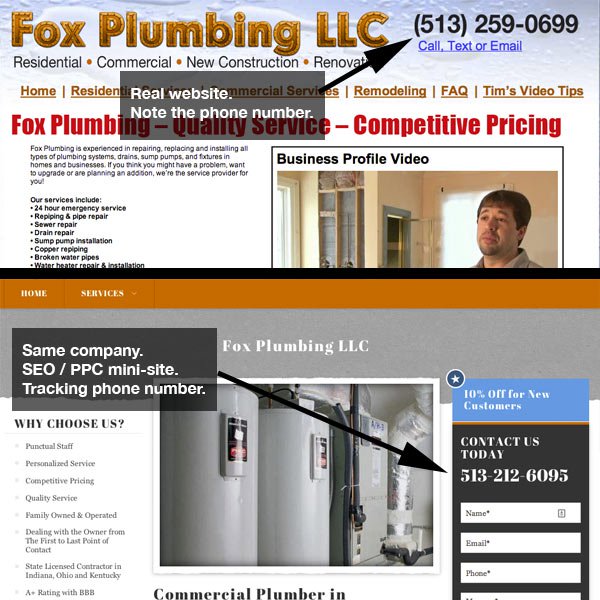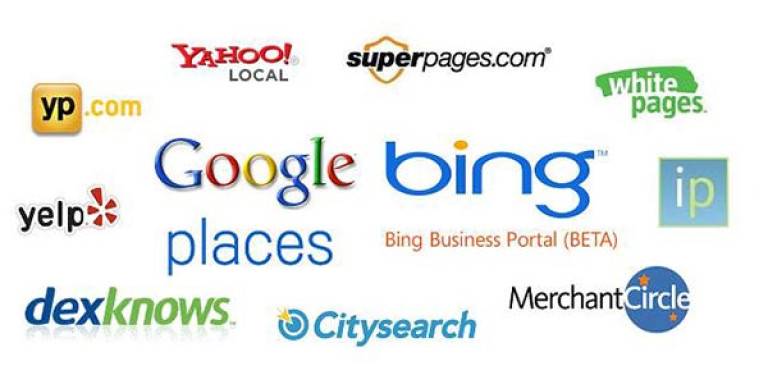A major factor in determining how you rank locally is the quantity and quality of citations and NAP consistency across your citations.
What does NAP stand for?
NAP stands for Name, Address, and Phone Number. It's a critical factor in local SEO and influences which companies Google and other search engines show for local intent searches.
People often refer to occurrences of NAP data around the web as citations. A citation is when your NAP data shows up on directory sites like Yelp or Angie's List, newspaper articles, blogs posts, etc.
Moz's Local Search Ranking Factors report is an industry standard survey that describes the importance of ranking factors for local SEO.
Out of the top 6 “Foundational Ranking Factors,” 3 are related to citation quantity, quality, and consistency. In other words, is the business name, address, phone number, and website consistent and accurate across all references of your NAP data online?
Out of the top 13 “Competitive Difference Makers,” 6 have to do with citation quantity, quality, and consistency.
How business data is distributed
There are data companies that collect, verify, and distribute business data for companies all around the world. When a business is started, its information eventually finds its way into this business data ecosystem.
Many of those providers make money by selling this data as leads or as a data feed to other companies.
InfoGroup is one such company and you can actually buy business leads directly from them.
Companies like Google, Yelp, and others subscribe to the business data from these data providers. Additionally, they scour the web for business data and add it to their databases.
The result of all this is a business data ecosystem, where websites and data providers are feeding off each other's information and that information gets spread around, both on and offline.
This business data ecosystem is why you get telemarketing calls, snail mail solicitations, etc, when you start a business. It's also why your business data can usually be found on sites like Yelp, Google+, and YellowPages.com even if nobody in your company created a listing on those sites.
Why are citations such an important ranking factor?
In lieu of having to manually review business information for millions of companies, Google uses data points it can process programmatically to determine your rankings.
When determining how you rank in local results, Google scans the web for mentions of your business name, address, phone number, website URL, and several other data points. It then compares that information to other data sources, including the major data providers and possibly even post office records, state business filings, and telephone records.
Your local search rankings are heavily influenced by whether or not Google finds your business information on the web and from their data suppliers, and whether that information is consistent and matches that provided on your Google+ page and website.
Watch out for local SEO landing pages
There's a common practice amongst local SEO companies that don't really know what they're doing (or don't care) of creating local SEO mini sites with a tracking number attached, and then tying those sites to your Google+ page and building citations using the mini site URL and the tracking number instead of your real website URL and primary business landline.

They do this so they can track all calls / form submissions and report to their clients on how well they're doing. I get that.
But, quite frankly, these companies should be sued out of business. It's a HUGE problem, here's why…
Business data moves around the data ecosystem like a virus – once it's found in one location it multiplies and spreads.
If the information is accurate, then it's a good thing and you benefit, usually with improved rankings.
If the information is inaccurate, it still spreads, but it damages your ability to rank locally and becomes extremely difficult to clean up.
In practice, what happens when you put a tracking number or mini-site URL on your Google+ page or other citations is that all those other business directories, data providers, etc, find that information, save it, and spread it around like a virus to all the other business directories and data providers.
This dramatically impacts your ability to rank locally.
How to fix the problem
Fixing the problem isn't easy; the business data ecosystem is like a hierarchy, with the authoritative players at the top and everyone else below them. But all the players in the ecosystem "borrow" information from one another and so inaccurate information spreads fast.

Fixing the problem of inaccurate or inconsistent NAP data starts by fixing information on file with the authoritative players. That usually means the starting with the big data providers:
- InfoGroup
- Acxiom
- Localeze
- Factual
Then moving on to the authoritative directory sites:
- Google+
- Yelp
- Yahoo
- Bing
- Etc…
And finally, cleaning up any remaining listings on the second and third tier directory sites like:
- Yellowpages.com
- CitySearch
- Healthgrades.com
- AngiesList
- Etc…
…And the list goes on and on.
Fixing the problem is hard
Once you fix an incorrect listing, it's not uncommon for it to pop right back up again later because there is no one single authority for business data; that means if you correct a Yahoo listing, for example, Yahoo may see that listing still exists on Yelp and re-create it automatically. It's like whack-a-mole.
But the cleanup is necessary; if you don't fix at least a large chunk of the problem, it's unlikely you'll ever rank locally for anything but non-competitive keywords.
The good news is citation cleanup is totally doable It's certainly not easy, but it's also not impossible. It certainly takes longer to clean up than if there was never a problem in the first place, but it can be cleaned up and it can usually be done in a way that is not cost-prohibitive.
In the end, your online citations should match the business filings with the state, the information the post office has, the information on your website, and should ideally use a landline as the phone number.


